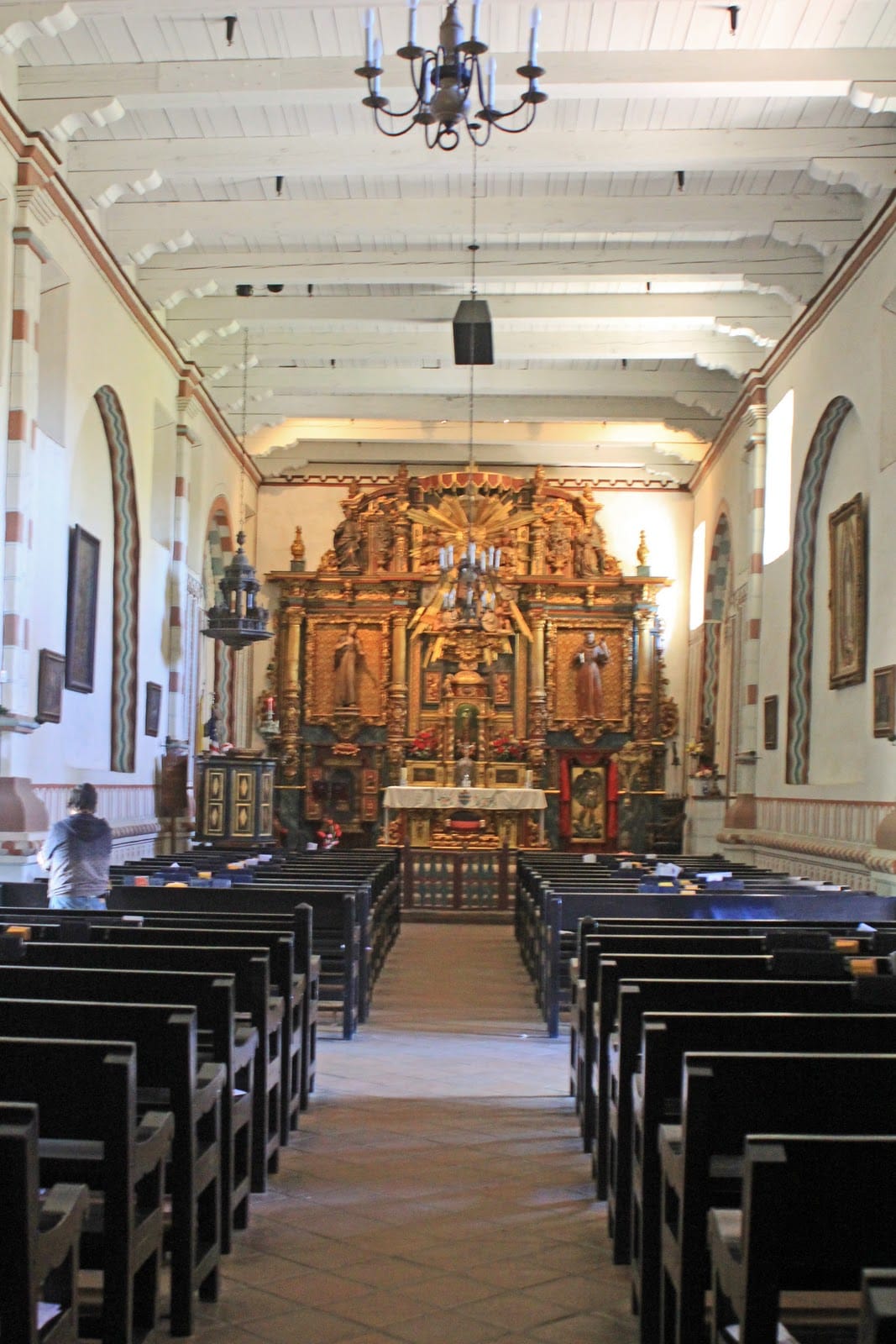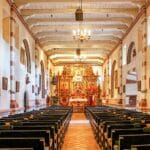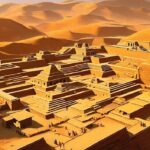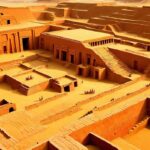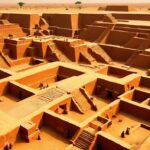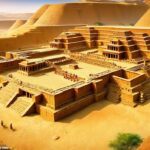Step into the sun-drenched San Fernando Valley, where amidst the bustling cityscape, a whisper of the past beckons. Here, standing as a testament to time, is Mission San Fernando Rey de España. Founded in 1797, this majestic mission is more than just bricks and mortar; it’s a living chronicle of California’s captivating history.
A Spanish Foothold in a New Land
Imagine Spanish colonists, fresh off their ships, seeking to establish a foothold in this newly claimed territory. Mission San Fernando, the 17th of its kind in Alta California, was strategically placed to bridge the distance between Mission San Buenaventura and Mission San Gabriel, solidifying the growing mission system. Named in reverence to King Ferdinand III of Spain, the mission embodied the ambitions and faith of a nation reaching across an ocean.
But the story of Mission San Fernando is not solely a Spanish narrative. The native Tongva people, the original stewards of this land, played a crucial and complex role in the mission’s story. Their lives, interwoven with the mission’s fate, paint a picture of cultural exchange, adaptation, and, sadly, at times, conflict.
More Than Just a Mission: A Hub of Activity
The reach of Mission San Fernando extended far beyond its grand walls. Its fertile fields, bursting with crops like grapes for wine and olives for oil, fueled the local economy. Sprawling cattle ranches, teeming with livestock, provided sustenance and trade. The mission hummed with a symphony of activity – agriculture, crafts, and commerce – shaping the economic landscape of early California.
Yet, perhaps the mission’s most enduring legacy rests in its role as a spiritual beacon. The mission’s bell tower, reaching for the heavens, called people to prayer, its echoes resonating through the valley. For the Tongva, this marked a profound shift, as they were integrated into mission life and introduced to Catholicism, often under duress and with a loss of their traditional ways of life.
A Time of Change and Uncertainty: The Shadow of Secularization
As with all stories, the tale of Mission San Fernando took a poignant turn. In 1834, the winds of change swept through California in the form of secularization. The mission, stripped of its lands and wealth, fell into disrepair, its future uncertain. The once vibrant hub, now vulnerable and neglected, stood as a silent witness to the shifting tides of history.
A Legacy Renewed: Preserving a California Icon
But the spirit of Mission San Fernando Rey de España persevered. Thanks to the tireless efforts of passionate individuals and a community that recognized its historical significance, restoration breathed new life into the aging structure. Today, the mission stands tall once more, a National Historic Landmark and a testament to the enduring power of preservation.
What Lies Beneath: Unveiling the Stories of the San Fernando Mission Cemetery
Within the mission grounds, another layer of history awaits: the San Fernando Mission Cemetery. Established in 1797, the same year as the mission itself, this hallowed ground holds the final resting places of over 177 souls. Here, the lives of Native Americans who toiled at the mission, Spanish and Mexican settlers who sought new beginnings, and those who arrived with the westward expansion of America, intertwine in silent repose.
The cemetery offers a poignant glimpse into the complexities of California’s past. Visitors can pay their respects at the graves of notable figures like comedian Bob Hope, who chose this serene setting as his final resting place, and rock ‘n’ roll legend Ritchie Valens, forever memorialized in music history.
Mission San Fernando Rey de España Today: A Tapestry of Past and Present
Today, Mission San Fernando Rey de España is more than just a relic of the past. It’s a dynamic space where history, spirituality, and community intertwine. As a museum, it welcomes visitors to step back in time and explore the mission’s fascinating past. As an active parish within the Archdiocese of Los Angeles, it continues its legacy as a place of worship and community gathering.
Wandering through the mission’s grounds, one can’t help but feel the echoes of history whispering in the breeze. It’s a place where time seems to stand still, inviting contemplation on the enduring legacy of this remarkable California landmark.
While planning your Los Angeles itinerary, be sure to include a visit to the historical landmark, Mission San Fernando Rey de España. For a taste of California’s natural beauty, explore the nearby Muscat’s Land area, where outdoor adventures and scenic vistas await.
- Unlock Elemental 2 Secrets: Actionable Insights Now - April 2, 2025
- Lot’s Wife’s Name: Unveiling the Mystery of Sodom’s Fall - April 2, 2025
- Photocell Sensors: A Complete Guide for Selection and Implementation - April 2, 2025
